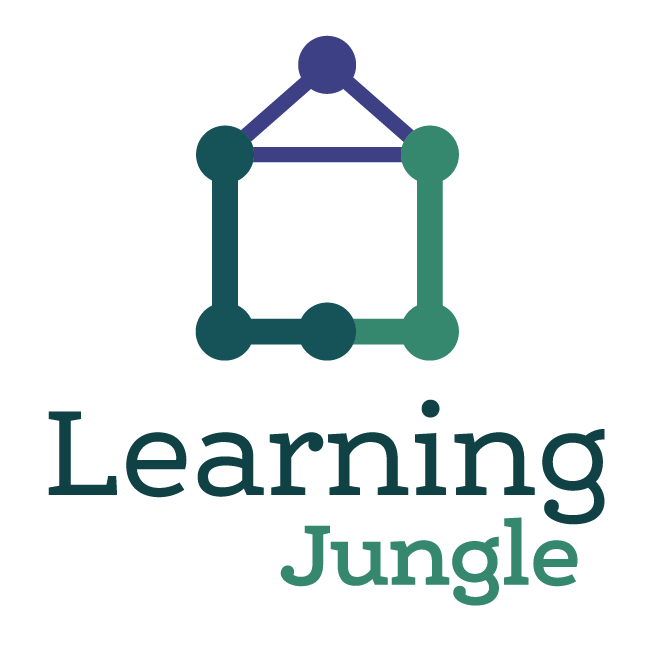Rubber Egg Experiment
Math & Science
Ages: 2.5-6 years
Naked eggs? Turn your kitchen into a laboratory where your young scientist can explore chemical reactions. This activity will appeal to your child’s natural curiosity and will have them jumping out of bed each morning to investigate their experiment.
Materials
- One raw egg
- Transparent glass jar or bowl
- Vinegar
- Magnifying glass (Optional)
- Flashlight (Optional)
Directions
This experiment will take 2 to 3 days to fully complete.
- Place a raw egg in a glass jar/bowl.
- Pour in some vinegar until the egg is completely submerged.
- Replace the vinegar after 2 days. A good sign of progress is a white frothy layer on the surface of the vinegar.
- Encourage your child to investigate the transformation each morning.
- Once the shell has fully dissolved, remove and rinse the egg.
- Feel the texture of the egg once the experiment is complete.
- Use the flashlight and magnifying glass to explore the inside of the egg.
Take it to the next level
Rubber eggs are cool but experimenting with them can increase the fun! How far above the floor can you drop your egg and have it survive by bouncing?
Start at one inch, then try two inches, and so on. Keep in mind that eventually this is going to get messy when the membrane breaks. You might want to do this experiment outside.
What happened?
The shell of an egg is made up of calcium carbonate. If you soak the egg in vinegar (which is about 4% acetic acid), you start a chemical reaction that dissolves the calcium carbonate shell. The acetic acid reacts with the calcium carbonate in the eggshell and releases carbon dioxide gas that you see as bubbles on the shell. The egg insides remain intact and is held together by two fragile membranes just inside the shell.
At Learning Jungle, we believe all children are capable, confident and full of potential. Co-learning empowers your child to take initiative. Encouraging child participation and engaging in open-ended, thought-provoking conversation throughout play is important for healthy child development.
Conversations with your child
- How has the egg changed from yesterday?
- Do you know why there are bubbles on the egg?
- Why do you think this has happened?
- Can you tell me what the egg feels like?
- Can you see the yolk moving?
- Would you like to tell mommy/daddy about your science experiment?
We would love to meet you
We currently have 51 locations in 5 countries. Our child care facilities offer tours throughout the year.
We invite you to visit a location near you.
